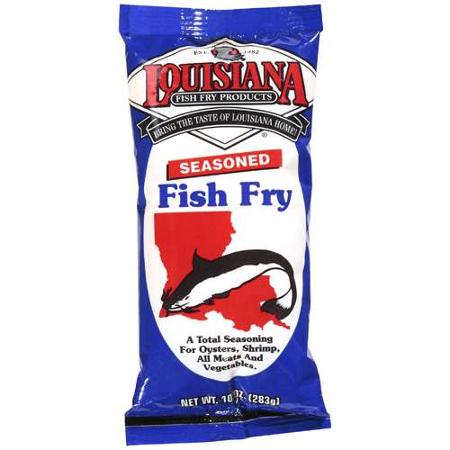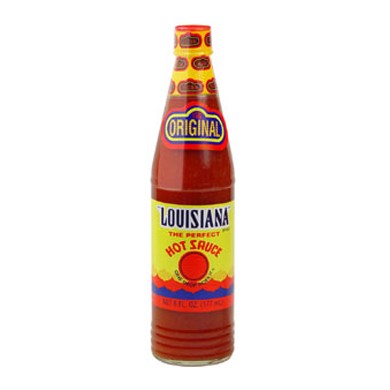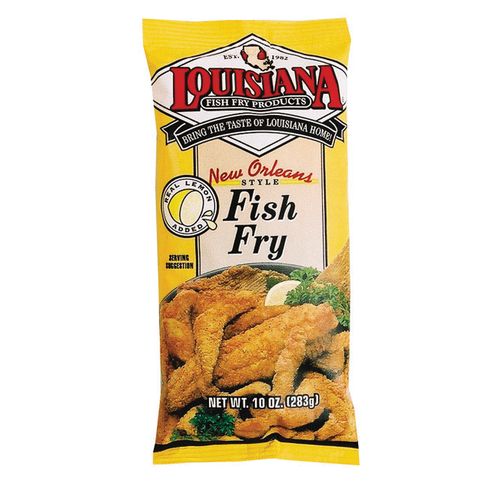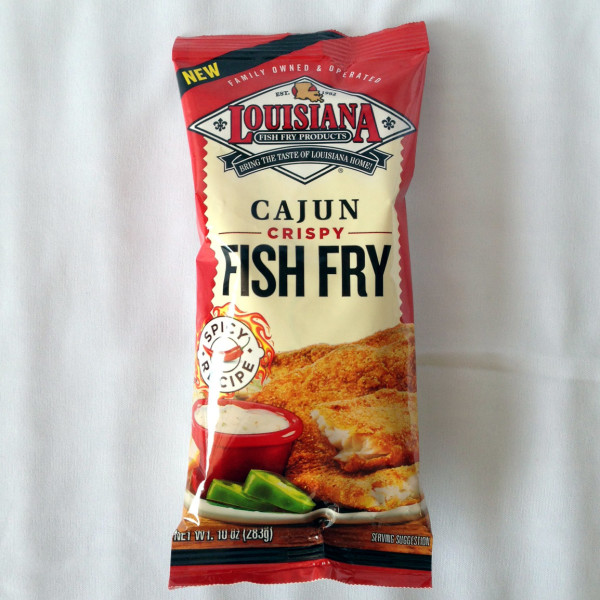So Long, Farewell
/Today marks my last day at the Chaney Law Firm. I've accepted a position at the University of Arkansas for Medical Sciences (UAMS) in Little Rock. I'll be working in the Biomedical Research facility in the Office of Research Regulatory Affairs, which assists the UAMS research community.
I'm very excited — I've long been interested in the convergence of law, medicine, and technology. My favorite class at W&L School of Law was Professor Timothy Jost's Medical Technology and the Law. It's the only class where I actually referred to my law school notes while handling a case. Here at the Chaney Law Firm we focus on medical technology tools (see the sidebar at right/bottom) that help our clients get well and prove the extent of their injuries. I hope this move will allow me to continue helping even more Arkansans receive the very best of medical treatment.
With my move, the Chaney Law Firm will no longer be handling patent and trademark matters. If that's why you've come to our site, give the firm a call and we can steer you to someone who can help meet your needs.
Thanks to Dad, Mom, Hilary, Taylor, and all our wonderful staff for making the last 6+ years great. It's been a joy to be able to walk to work and see my folks on a daily basis, and I appreciate their support as I move towards a new chapter. Maybe they'll even let me come back and guest post every once in a while.
One love.










